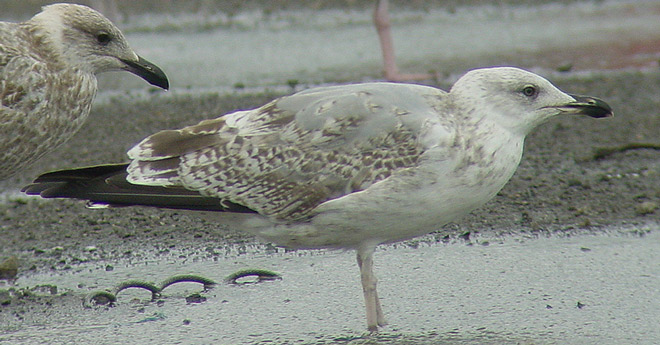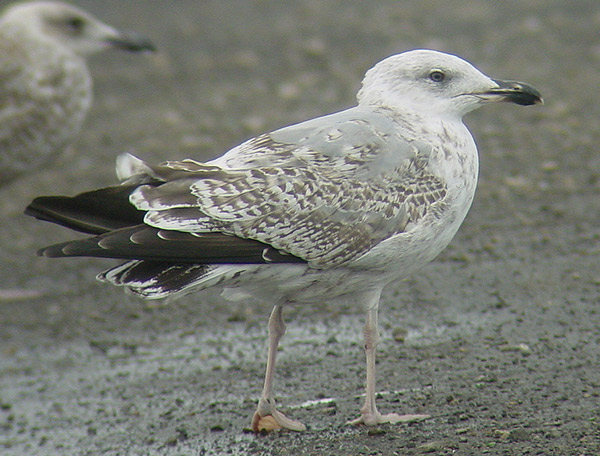 Yellow-legged
Gull- Geelpootmeeuw (L. michahellis): 2cy October
Yellow-legged
Gull- Geelpootmeeuw (L. michahellis): 2cy October
(last update: 08 december 2003)
YLG
1cy May
YLG
1cy June
YLG
1cy July
YLG 1cy August
YLG 1cy September
YLG 1cy October
YLG 1cy November
YLG 1cy December
YLG
2cy January
YLG 2cy February
YLG 2cy March
YLG 2cy April
YLG 2cy May
YLG 2cy June
YLG 2cy July
YLG 2cy August
YLG 2cy September
YLG 2cy October
YLG 2cy November
YLG 2cy December
YLG
3cy January
YLG 3cy February
YLG 3cy March
YLG 3cy April
YLG 3cy May
YLG 3cy June
YLG 3cy July
YLG 3cy August
YLG 3cy September
YLG 3cy October
YLG 3cy November
YLG 3cy December
YLG
sub-ad Jan.
YLG sub-ad Feb.
YLG sub-ad March
YLG sub-ad April
YLG sub-ad May
YLG sub-ad June
YLG sub-ad July
YLG sub-ad Aug.
YLG sub-ad Sept.
YLG sub-ad Oct.
YLG sub-ad Nov.
YLG sub-ad Dec.
YLG
adult January
YLG adult February
YLG adult March
YLG adult April
YLG adult May
YLG adult June
YLG adult July
YLG adult August
YLG adult September
YLG adult October
YLG adult November
YLG adult December
photo 6830 (2 images): Yellow-legged Gull michahellis 2cy, October 01 2001, Le Portel, France.
The average moult stage for 2cy October michahellis:
Primary P10 is fully grown and all the secondaries and rectrices are
second generation and complete. Hence, the complete moult has ended. After
this complete moult, a partial moult has included some of the tertials and
wing-coverts.
One tertial is missing, the other are still old second generation feathers
with a large brown centre, small white transversal bars and white tips.
The inner two greater coverts are missing, while all other greater coverts
have an obvious barred pattern. The inner median covert has just been
replaced and the central feathers are still growing. They show a
black-brown pattern on a greyish base. Moult in the lesser coverts is more
or less suspended, but in the lower scapulars four to five moult gaps are
visible.

